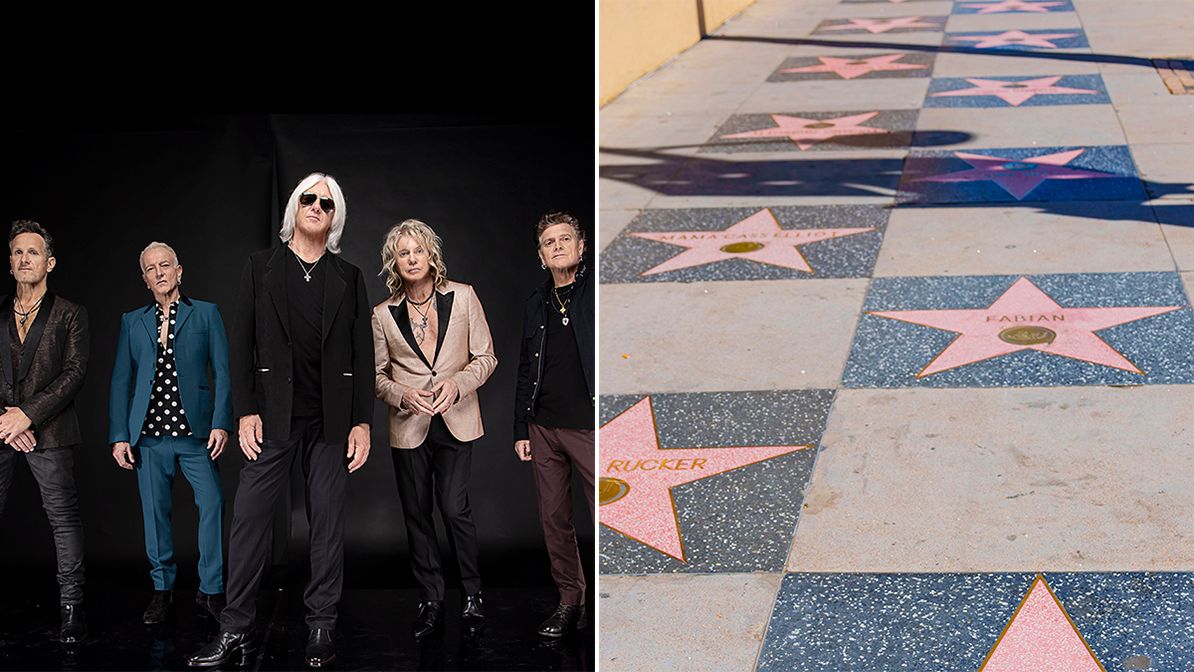Fyre Fest Fiasco on eBay: Billy McFarland's Latest Irony
The infamous Fyre Festival brand finds a new stage as Billy McFarland takes its legacy to eBay, inviting bids that surpass $50,000. What does this auction truly sell: a brand, a story, or the culture of spectacle?

In a move loaded with irony, Billy McFarland, the man behind the notorious Fyre Festival fiasco, is attempting to breathe new life into the defunct event by listing its brand and intellectual property on eBay. The auction, which humorously starts at just one cent, is a testament to McFarland’s audacious marketing tactics and perhaps, a sly wink at his own history of spectacle over substance.
:max_bytes(150000):strip_icc():focal(749x0:751x2)/billy-mcfarland-tout-090924-724b565600584befa0c9448f032a8406.jpg)
The Fyre Festival, infamous for its disastrous execution, famously left attendees stranded on an island with barely more than soggy sandwiches and disaster relief-like accommodations. Upon announcing the eBay listing, McFarland disclosed he had tried to arrange a seven-figure deal to sell the festival's assets, but when that fell through, he decided to open the floodgates to the public. In a self-made video set against the bustling backdrop of New York City, McFarland refers to Fyre Fest as the "most famous festival brand" — a claim as contentious as the festival itself.

Despite the brand's checkered past, the eBay auction has drawn significant attention, with bids surpassing $50,000. The enticing array of assets up for auction includes social media accounts, documentary footage, and supposed artist relationships, raising eyebrows about what true value lies within these remnants of festival ambitions.
This sale stands as a stark reminder of the modern fetishization of failure, where even catastrophes can morph into business opportunities. What was once a symbol of hollow promises and unmet expectations is now, somehow, a coveted relic — McFarland's nod to the absurdity of a culture that sometimes values spectacle over sincerity.

Yet, amid this comedy of errors lies a poignant critique of today’s societal norms. By turning Fyre Fest into an auction item, McFarland highlights a longing for authenticity within a consumer culture overly enamored with curated experiences. It’s a performative act that, despite itself, underscores the public’s perpetual hunger for the raw and the real, a hunger not sated by glossy veneers and viral infamy.
In the end, the Fyre Fest auction is less about selling a brand and more about selling a story — a narrative that, ironically, continues to captivate. As the world watches this auction with bemused anticipation, one can’t help but ask: are we bidding on the brand, or the bizarre legacy it left behind? Like it or not, Fyre Fest’s embers refuse to die, flickering insistently in the pantheon of cultural infamy. McFarland may just have the last laugh as we continue to buy the myth that even failure can be turned into fame.



